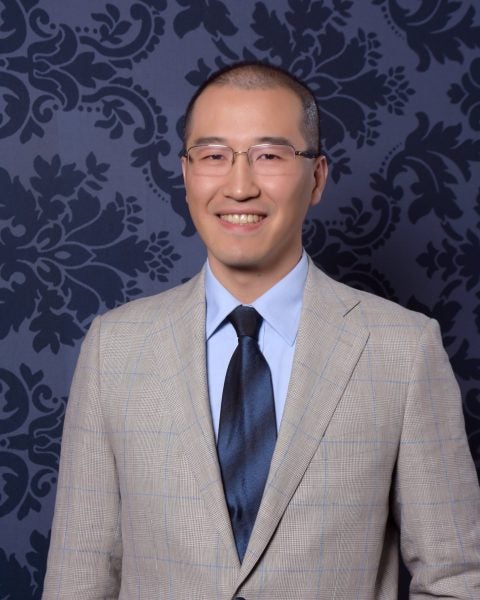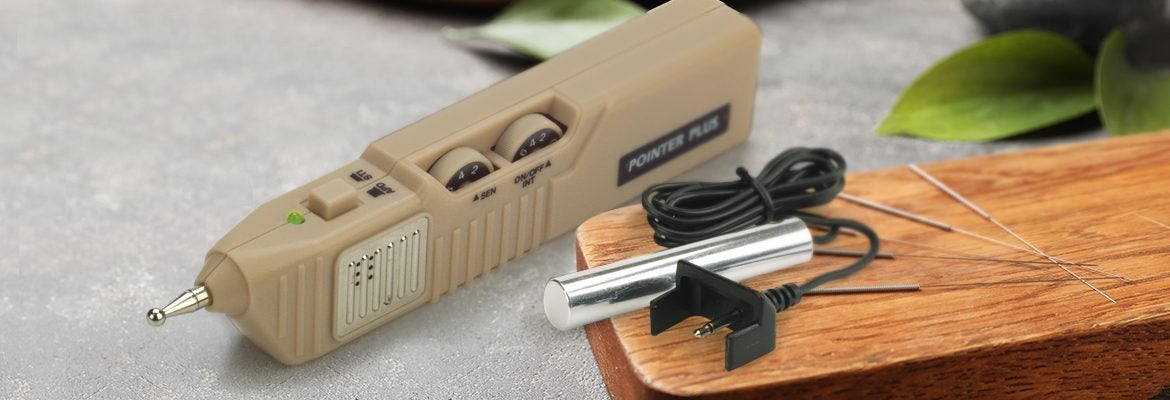In September, we hosted Poney Chiang PhD R.TCMP, Dipl.OM (NCCAOM) from York University to discuss the value of E-Stim in unifying classical and anatomical acupuncture perspectives. Attendees enjoyed learning about using the E-Stim to confirm proper point location and how to apply this to clinical practice.
<<VIEW PRESENTATION MATERIALS>>
Dr. Chiang also showed multiple video demonstrations. View video excerpts here:
Who Should Watch:
- Practitioners and Students looking to expand their knowledge of E-Stim
- Practitioners and Students interested in learning more neuro-anatomy
- Practitioners and Students looking to add to their Treatment Tool Box
What You Will Learn:
- Neuro-anatomical specificity of Acupuncture Points
- Neuro-Anatomy of Luo-Connecting Points
- How to use the Pointer Plus to find cutaneous nerves
- How to use the Pointer Plus to de-inhibit motor nerve trunks
- Clinical Case Application
SUMMARY:
As the oldest point location manual inherited to date, the Jia Yi Jing (JYJ) describes the location of 349 points. All modern point locations can trace their locations to those described by the JYJ. Based on the presenter’s cadaver research and e-stim confirmation on healthy subjects, there is strong evidence to support the need to re-interpret and revise at least a quarter of modern points locations. Results show that 90% of JYJ’s point locations precisely map over nerve trunks, nerve division points, individual branches, motor nerves entry point into muscles and sensory nerves exit points from superficial fascia. Neuro-anatomical research findings for LU-7, HT-5, TE-5/6/7/8, LR-8, KI-3/4/5/6, KI-10, GB-22/23, SI-4 and SI-18 will be presented as examples to demonstrate that JYJ contains extremely precise point location to stimulate the peripheral nervous system, whereas WHO/TCM standardized locations are often inaccurate. Video footages will be presented to demonstrate the expected motor response associated with precise electro-stimulation of these points. This webinar will help acupuncturists develop ways to verify the precision of their point location and needling technique in the future.
About Our Speaker:

Poney is an adjunct professor and founder of the Integrative Acupuncture Program for York University (Toronto) and a professor at the Neuro-Acupuncture Institute in Santa Fe. He is an expert in neuro-anatomy of acupoints and teaches workshops internationally. He practices in Toronto Canada with focus on dermatology, pain and neuro-rehabilitation. Poney is the lead author in the upcoming revised edition of Fundamentals of Chinese Acupuncture co-authoring with Andy Ellis and Nigel Wiseman, for Paradigm Publication.
 FAST & FREE 2-DAY DELIVERY
FAST & FREE 2-DAY DELIVERY


